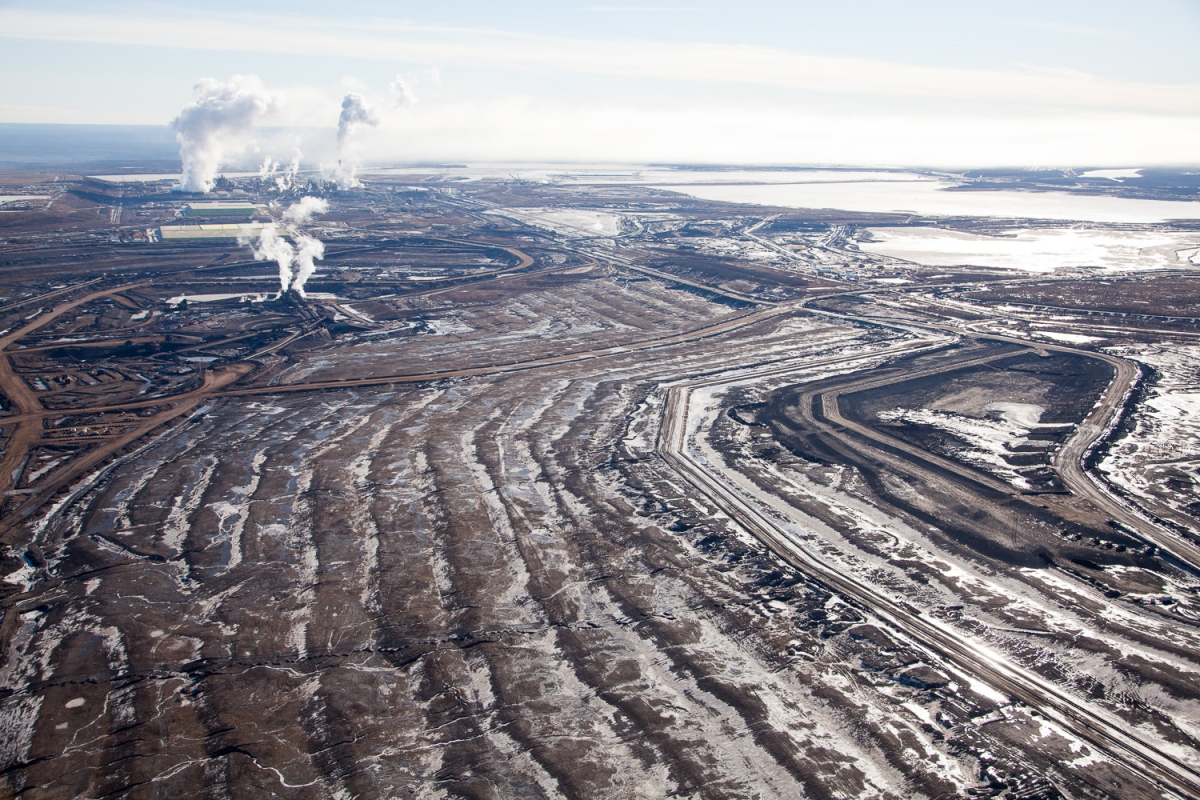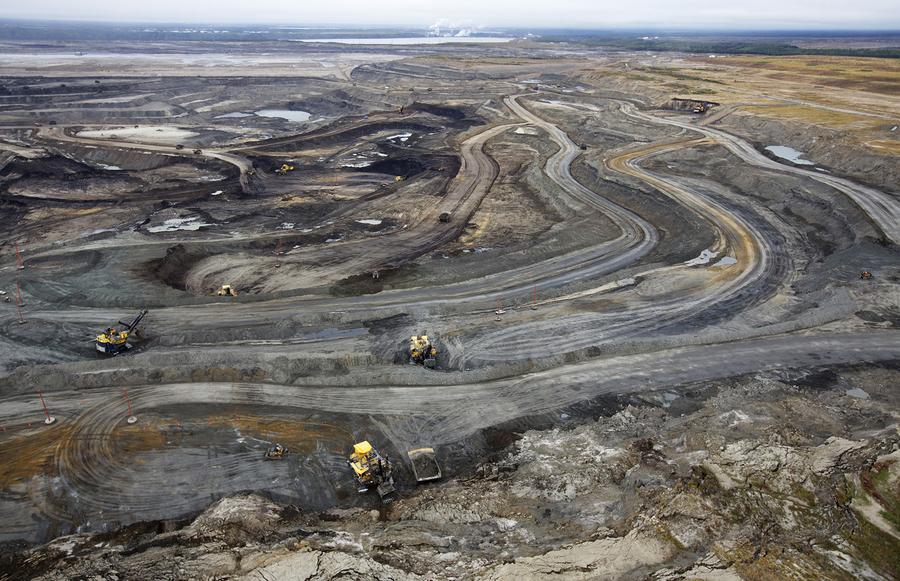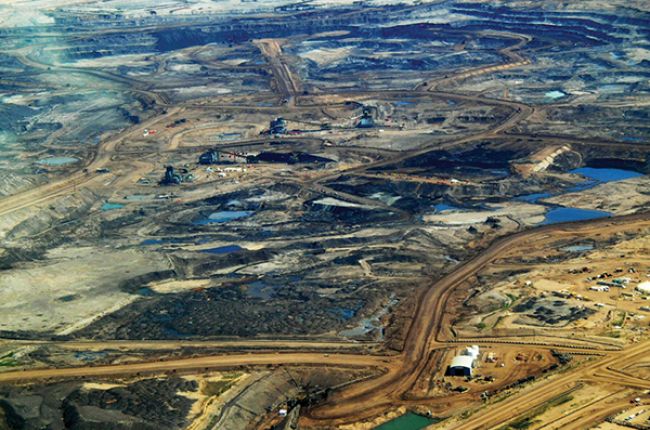This fact sheet focuses on employment in the renewable energy and energy efficiency sectors in the United States and around the world. According to the 2019 U.S. Energy Employment Report (USEER), 611,000 people worked in zero-emission technology industries, including renewables and nuclear in the United States. The International Renewable Energy Agency (IRENA) recorded even higher renewable energy employment in the United States at 855,000 direct and indirect jobs in 2018. Jobs in energy efficiency experienced significant growth—the sector now employs more than 3 million people in the United States. IRENA reports that, globally, the renewable energy sector employed 11 million people in 2018, 700,000 more than in 2017.
Climate adaptation and resilience stand out as rapidly emerging areas of employment as a result of climate change impacts. These sectors will be critical to track in tandem with jobs in renewable energy and energy efficiency in the coming years. However, the Standard Occupation Classification (SOC) system managed by the Bureau of Labor Statistics does not currently include codes to allow for the comprehensive analysis of employment in these fields. To address the lack of country-wide data, the American Society of Adaptation Professionals (ASAP) has initiated efforts to define and quantify the adaptation and resilience workforce. ASAP’s preliminary analysis found that adaptation and resilience employment is predominantly in government (40 percent), non-governmental organizations (36 percent), and the private sector (16 percent). However, ASAP reports that adaptation work is growing fastest in for-profit, private sector companies, including for-profit climate service firms as well as climate-affected firms from a variety of industries across the North American economy. Climate adaptation and resilience jobs cut across a number of different types of work, including communications and outreach, conservation and ecology, economics and finance, education, engineering and design, hazard mitigation, planning, policy, program administration, and project management. Adaptation and resilience work have been both incorporated into existing jobs and resulted in new jobs—one example being the creation of high-level Chief Resilience Officer positions in over 86 cities around the world. While it is not currently possible to report on the total number of people employed in the climate adaptation and resilience field in the United States, this is an important area of job growth to track looking forward.
Fact Sheet - Jobs in Renewable Energy, Energy Efficiency, and Resilience (2019) | White Papers | EESI










